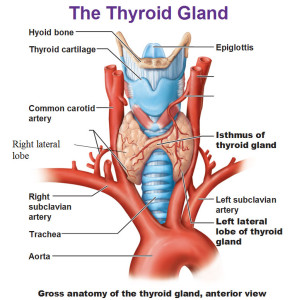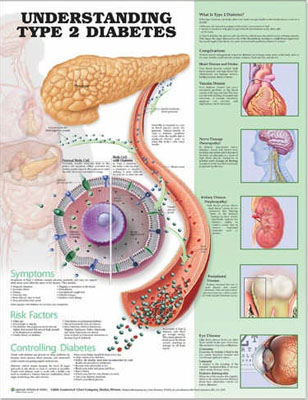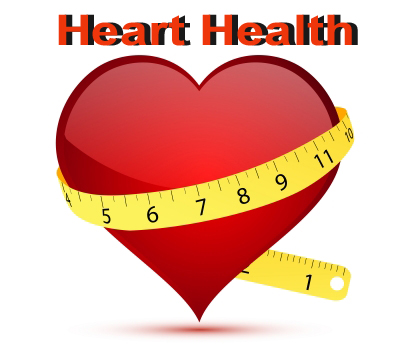
Those that plan diets do not take into consideration how their thyroids and metabolism may affect their weight loss program. Most experts and even the media pitch in and recommend that the best way to lose weight is cut calories.
Those with a condition called hyperthyroidism suffer from an over-active thyroid leading to one having his or her metabolism sky-rocket. If this is the case, then you will probably lose weight fast. This is a nice proposition for some who wish to lose weight. However, this is actually hazardous to the health.
Aside from the medical difficulties such a disease brings, one will also notice weight problems as a result. These people have trouble keeping on weight and may notice weakness and bulging of the eyes. This disease may need special treatment from doctors.
Hypothyroidism on the other hand works in the other direction – slowing metabolism until the body gains weight at an incredible rate. Like hyperthyroidism, hypothyroidism causes a general weakness in the body. It too may need special treatment and may cause serious health problems if left unattended.
While cutting calories in itself can be very hard for most people – imagine, the people involved in life and death struggles at the supermarket regarding whether to buy that extra box of sweets, some have exactly the opposite problem.
Instead of eating too much calories – which is a problem in itself, they eat too little calories instead.
Problem? What Problem
The problem with some is that they believe that since the experts say that they have to cut calories, cutting calories to an inordinate amount will reap greater results. Unfortunately, it doesn’t work that way. While cutting calories helps diets, consuming too little calories pushed the body into a hoard mode, the body’s metabolism slow to adapt to the lesser amount of available energy.
If your body enters this mode, your body will work at such slow metabolism that losing weight becomes impossible. The technique here should be to reduce calories without the body slowing its metabolism. Only then can losing weight become easier.
Another problem that can arise from decreased metabolism is that when your metabolism slows due to a drastic reduction in metabolism, and then you suddenly eat a good, hearty, calorie-filled meal, you are bound to gain more weight owing to the increased surplus of energy.
This is why an imbalanced meal is highly discouraged among those that seek to lose weight. The sudden loss and increase of calories will cause an imbalance in one’s energy consumption directly affecting fat deposit.
Here is a simple computation to help you get to the right amount of calories you will need per day so that you get your nutrients in the right balance.
First of all, multiply your weight in kilograms by 30. If you only know your weight in pounds, divide it by 2.2 to get to its English equivalent. We divide this number by 30 because that is the number of calories you need to maintain your weight per pound of weight.
For example if your weight in pounds is 150, divide it by 2.2. That will give you a figure of 68.18. This is your weight in kilograms. Multiply this by 30 and you will arrive at the amount of calories you will need per day to maintain 150 lbs.
You may consult a nutritionist to help you lose weight. In the end it all comes down to maths. If you consume more that your body needs, it stores it as fat. Now is probably a good time to start studying the back of those grocery cartons.
Try to keep your diet at a 40% protein, 25% fat, and 35% carbohydrate meals at 300 calories per meal. Spread out these meals in a day for optimum results.
While it may be simple computation to get at numbers, do not forget the earlier mentioned fact that the body adapts to its condition. Expose it to extreme ones and you may find yourself getting results you never wanted. Consult a nutritionist for more advice.
 One of the most undemanding and the most workable ways to knock over blood sugar amount, eliminate the dangers of “cardiovascular disease,” and perk up health and welfare in general is exercise.
One of the most undemanding and the most workable ways to knock over blood sugar amount, eliminate the dangers of “cardiovascular disease,” and perk up health and welfare in general is exercise.



